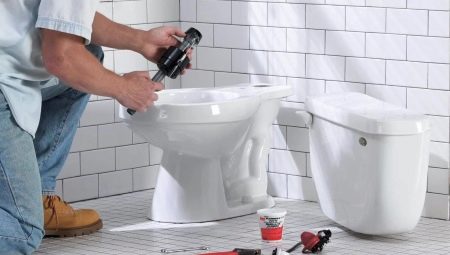A toilet bowl is a household appliance used for the disposal of household waste and human waste products through sewer systems. It is installed in residential, technical and public buildings.
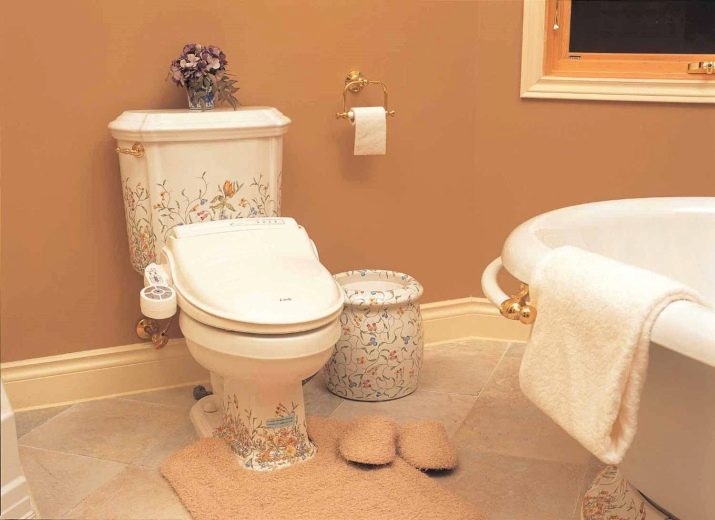
It is a household plumbing fixture with increased biological hazard, since its use is associated with the reproduction of a large number of pathogenic microbes and bacteria.
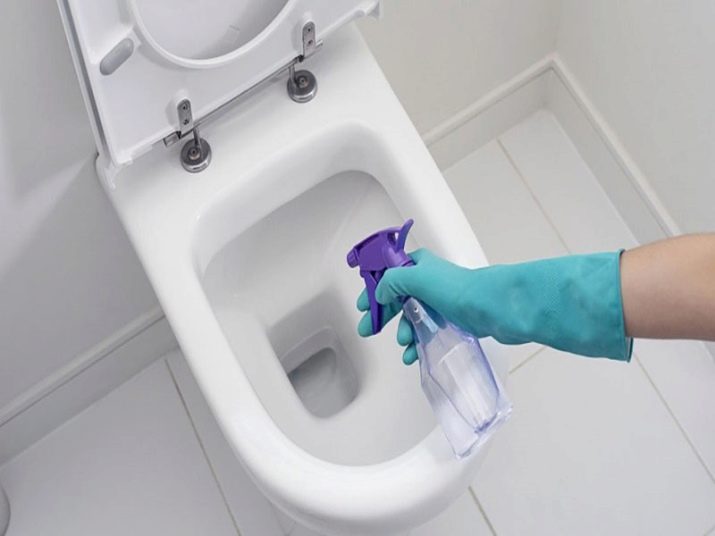
To ensure the best operating conditions of the device, the corresponding GOSTs and SNiPs have been developed. Among the prescribed parameters are values indicating the distance from the toilet to the wall and other interior items.

Features
Installing a toilet is a process associated with a list of features. To achieve the best operating conditions, they must be taken into account in the complex. The list of technical requirements that must be observed may vary depending on the characteristics and purpose of the room in which the plumbing fixture will be installed.
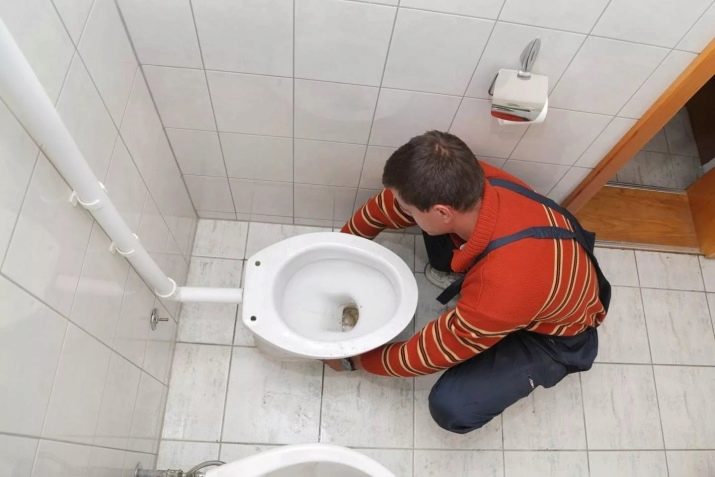
Multi-storey residential buildings are being built according to standard designs and have similar parameters. Sanitary units in apartment buildings are located along the vertical axis (riser) of communications: water supply, sewage and heating (in some cases).

Design features of typical buildings do not allow the toilet to be placed in an arbitrary place. The installation point is tied to a specific area of the room. It should be as close as possible to the vertical sewer riser.
Moving the bathroom to another place (remote from the project approved) may lead to unforeseen malfunctions in the sewer system of the building. Such transfer is prohibited by law.
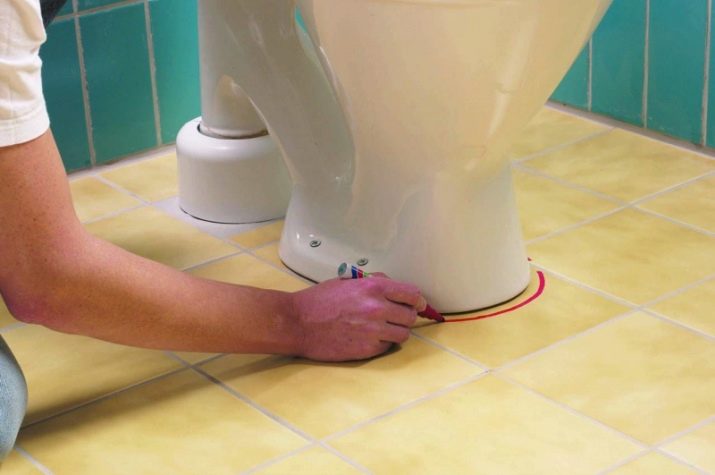
Projects of high-rise buildings are divided into 2 types:
- with combined bathroom;
- with separate bathroom.
In the first case, the toilet is located on the same area as the bathroom, shower. In the second - it is located in a separate room. In both cases the parameters of the distance to surrounding objects and walls, established by GOSTs, are applied to the location of the toilet.
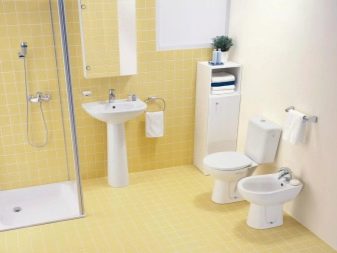
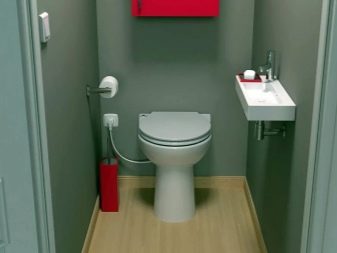
Approved Norms
The need to maintain the distance is due to the typical operating conditions of the toilet. Since it is used for the disposal of household waste and waste products, a large number of microbes and bacteria settle and multiply on its surface.
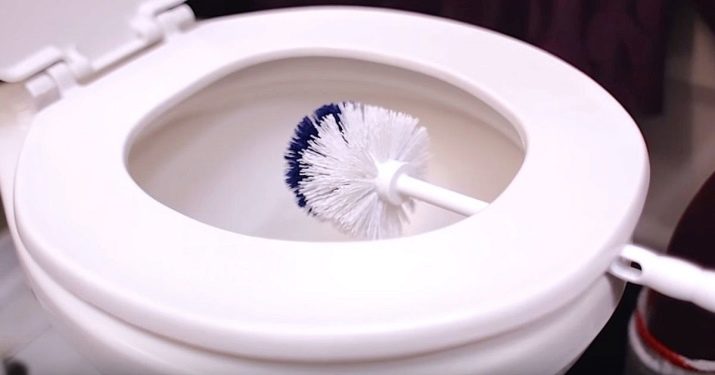
Their presence and uncontrolled reproduction in a living room can lead to the spread of bacterial infections and the entry of pathogenic microbes into the human body.
To reduce the risks of the spread of diseases and eliminate human infection, the toilet should be located at a sufficient distance from surrounding objects and walls.
Due to the remoteness, microbes and bacteria cannot get on them and multiply there. This reduces the likelihood of their mass distribution.
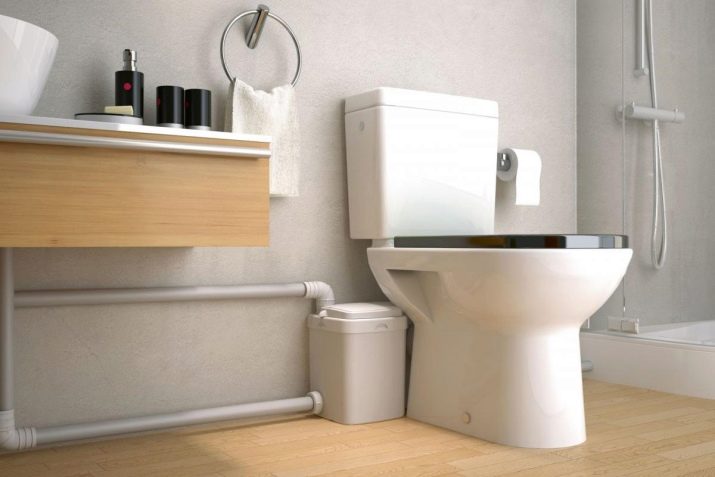
Otherwise, the following situation may arise: pathogens spread along the surface of walls and household items. A person touching infected areas puts himself at risk of microbes entering his body.
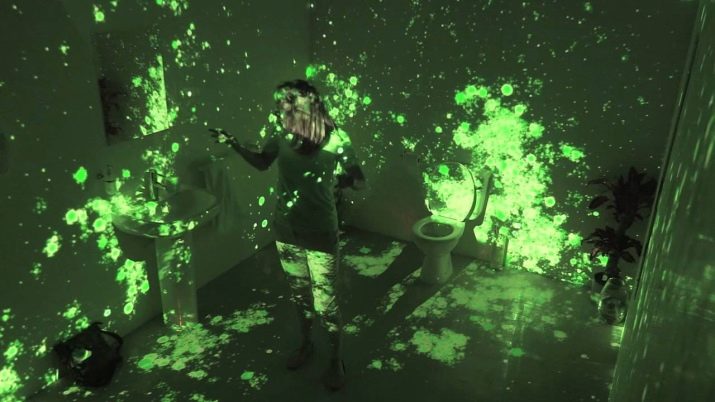
However, he does not suspect that the conditionally clean surface is already infected, and will not accept antimicrobial protection measures: wash hands, treat them with special solution and so on.

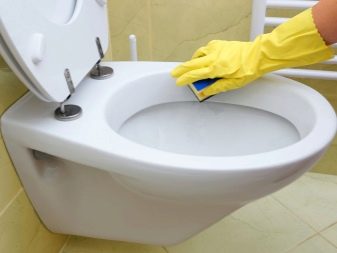
Even in Soviet laboratories, experimentally determined the distance from walls and other objects to the toilet, which would avoid the spread of harmful microbes and bacteria. All apartment buildings built before 1990 are built with these parameters in mind. Until now, these standards remain relevant and are used in the construction of high-rise buildings.
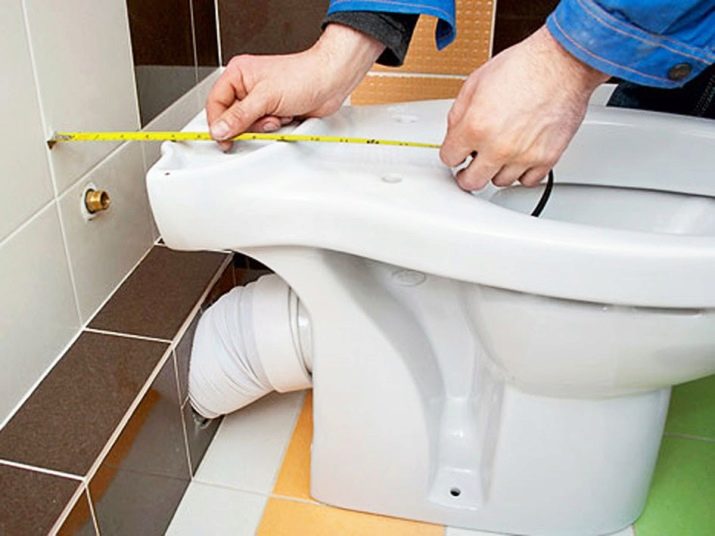
Even in a separate bathroom with a small space, there is a distance:
- from the center of the toilet to the side wall;
- from the edge of the toilet to the side wall;
- from the center to the front wall or door;
- from the front edge to the door or front wall opposite;
- from the back wall of the drain tank to the back wall of the room.
This length is verified experimentally and is not random.

In addition to the hygiene factor, when the toilet is located in the room, the degree of convenience of its operation is taken into account. To make it convenient for people of different ages, height, weight, physique, as well as children to use it, it is located at some distance from the walls and surrounding objects.
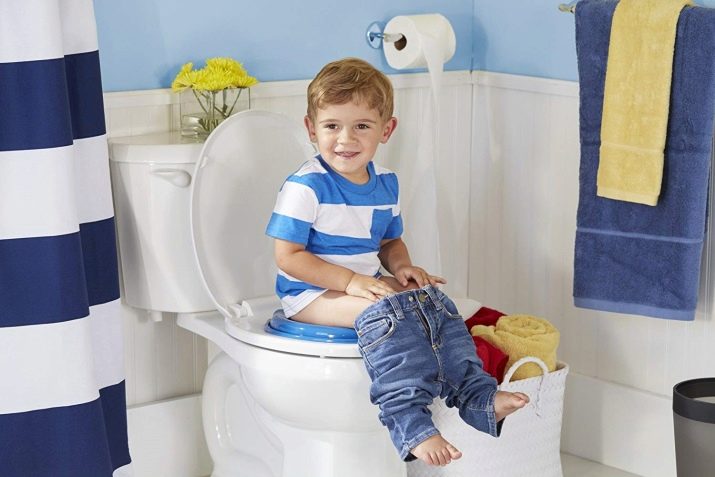
This allows you to feel comfortable while using the toilet for other purposes and for other domestic needs. For example, the optimal indentation on the side of the wall allows cleaning around the toilet support, as well as keeping the walls in close proximity to it clean.
Convenience and ease of disinfection procedures is a key factor.
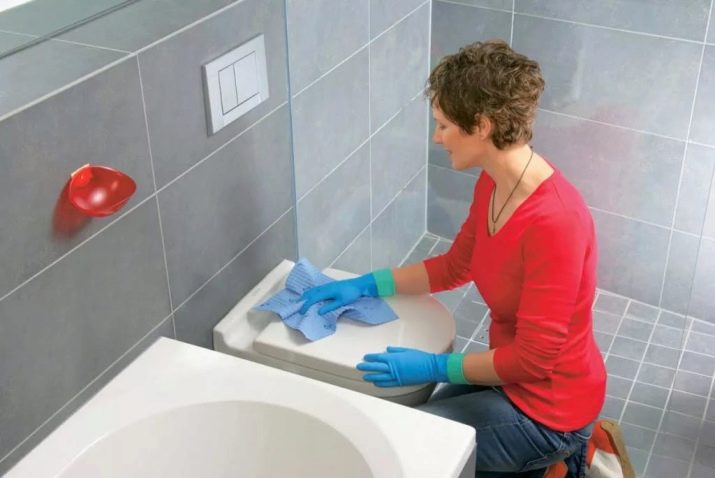
Distance Parameters:
- 50-53 cm - the minimum distance from the front edge to the front wall or door;
- 70-76 cm - the maximum distance from the front edge to the front wall or door (average value);
- 38-43 cm - the minimum distance from the center of the toilet to the side wall.

The distance between the device and the inlet of the riser is determined by the technical characteristics of the room.
It is recommended that the toilet is positioned as close to the drain point as possible.
In this case, the distance is measured not from the center of the device, but from its output bell.Its excessively close location to the nodal point of the main riser can make it difficult to connect the toilet to the central sewer.

Exceptions to the Rules
Of the norms that determine the optimal location of the toilet, there are exceptions. Their presence is determined by the technical characteristics of the room.
In buildings erected not according to standard designs (private houses, shops, cafes and others), the norms for the location of the sanitary center may not be respected.
The reason for this may be: lack of free space, location of communications or personal desire of the owner.
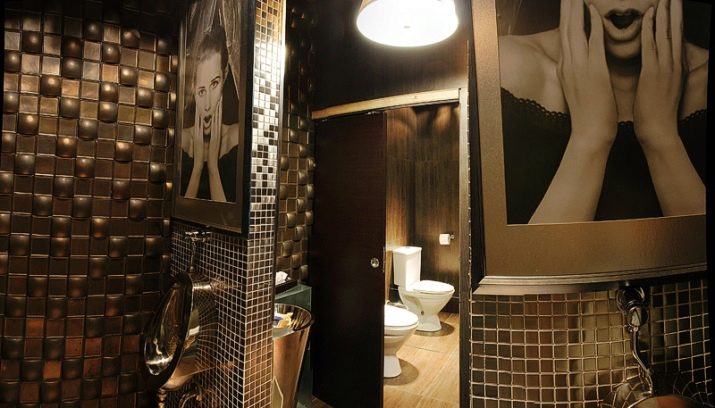
Violation of the technical regulations for the location of the toilet is not a violation of the provisions of any law if this sanitary facility is located in a non-governmental institution or outside the special purpose facility: hospital, kindergarten, school, military unit and the like. The owner of the room is free to determine the location of the bathroom.
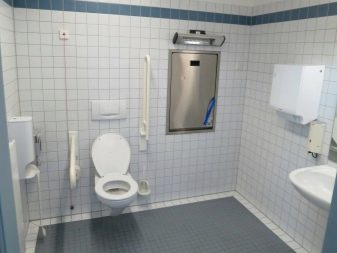
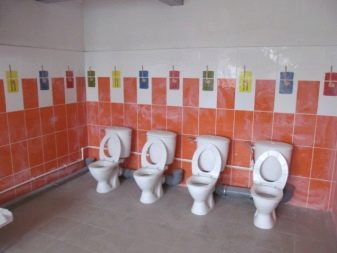
Recommendations
There are factors by which it is worth observing the rules for the location of the toilet, even in non-standard type rooms. Among the main reasons are the following:
- standardized parameters of the shape and size of household items that are installed in the bathroom or near the toilet (if combined);
- the availability of optimal options for the location of nodal connections for sewage;
- fixed sizes and shape of plumbing components;
- Features of toilet installation technology.
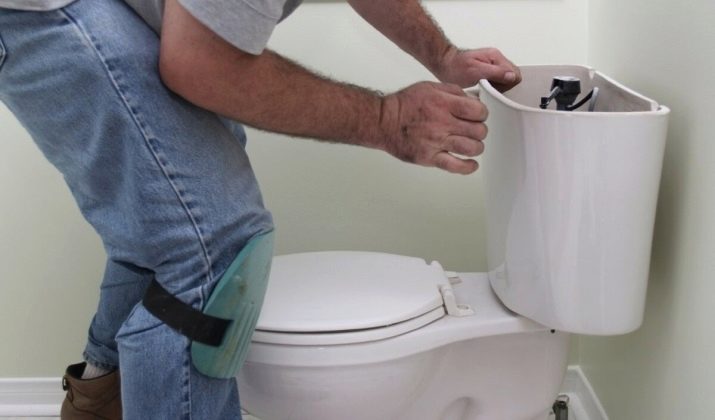
Household items that can be located near the toilet (sink, washbasin, washing machine, tumble dryer and others) are made according to a single range of standards. The overall parameters of the toilets also correspond to them. It means that non-observance of GOSTs determining the distance for installation can lead to a violation of ease of use in the framework of the use of all household items for a complex purpose.
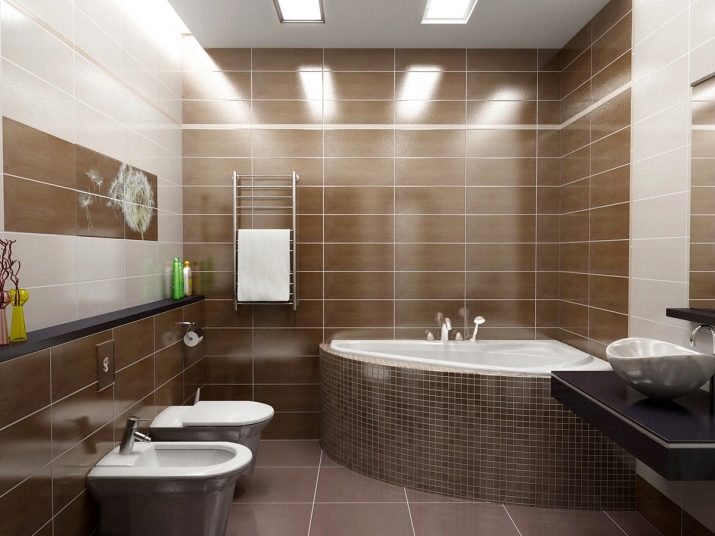
Regardless of the characteristics of the room, there are standards that determine the best result of operating the toilet. The angle of inclination under which the drain and its input socket are important. Even if the room is not designed according to the standard design, the value of this bias remains unchanged.

To comply with it it is necessary to position the toilet at an optimal distance from the inlet of the sewer. Too close a location will make it difficult to flush. Positioning too far can lead to subsequent deflection of the corrugated connector. As a result, under the action of deformation, leaks may appear in the area of the joints of the corrugation and sockets.
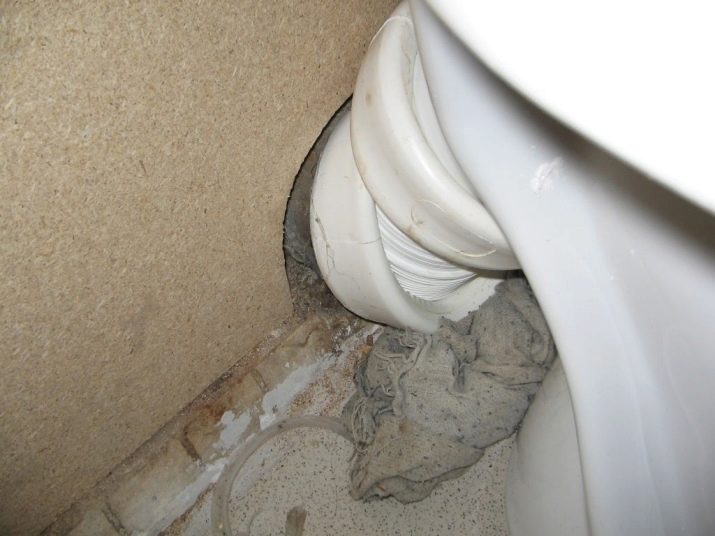
Plumbing components are manufactured according to uniform standards.
This fact should be considered when choosing the location of the toilet. Incorrect selection of the distance may lead to the inability to use some plumbing units. For example, if the housing is too close to the shut-off valve, it may interfere with the stroke of its lever, which will lead to the inability to shut off the water supply.
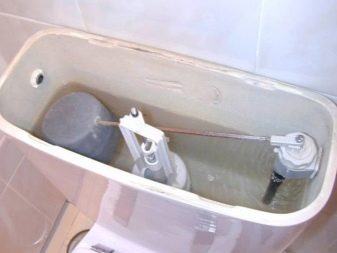
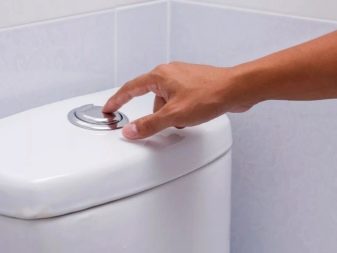
The toilet is mounted on a vertical support, in which there are 2 or 4 holes for fasteners. Before installation, it is necessary to make markings for these fasteners. To do this, the device is installed at the point of its final location. Through mounting holes on the floor are marked. If the toilet is too close to the wall, marking will be extremely difficult.
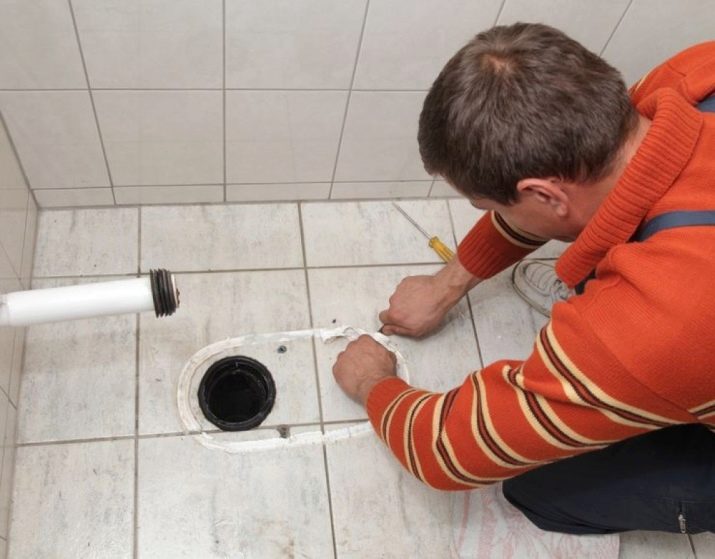
To equip the fasteners, holes are drilled in the floor in accordance with the markings. After putting the toilet into place, fasteners are inserted into the holes - bolts or dowel-nails. Screwing in these fasteners will also be difficult if the toilet is too close to the wall or other interior items.
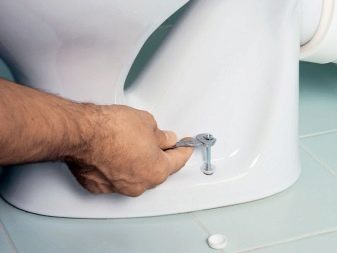
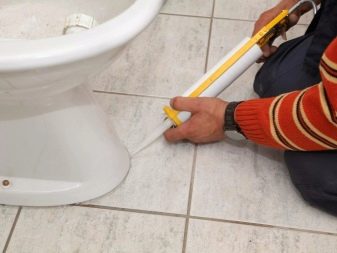
In the next video, you will learn important nuances that you need to consider when installing a toilet.
